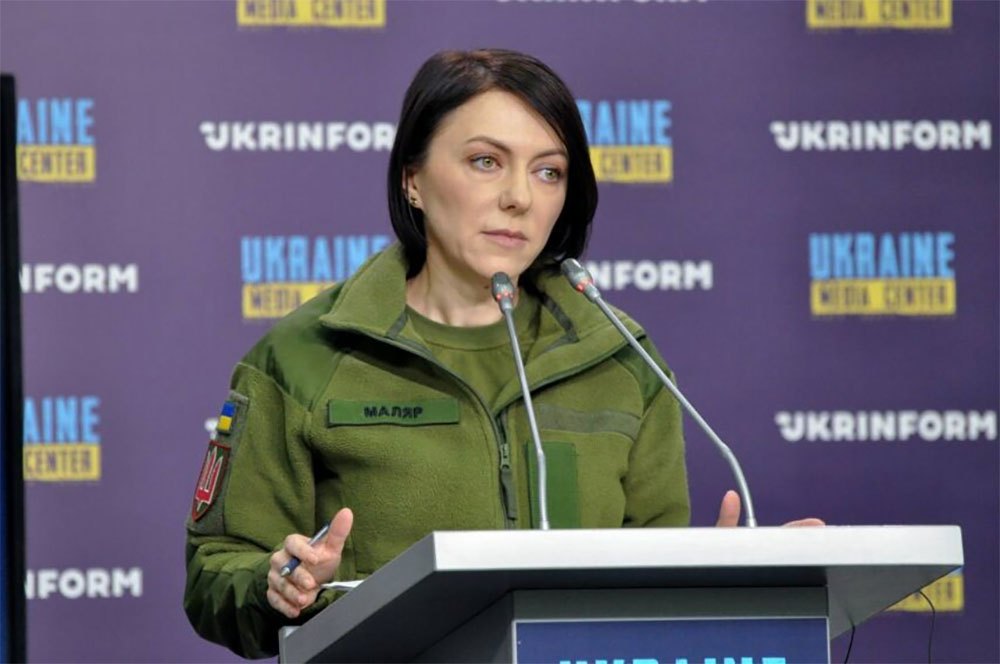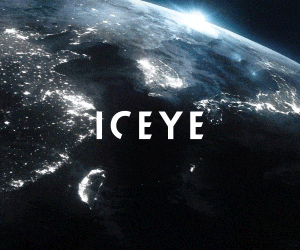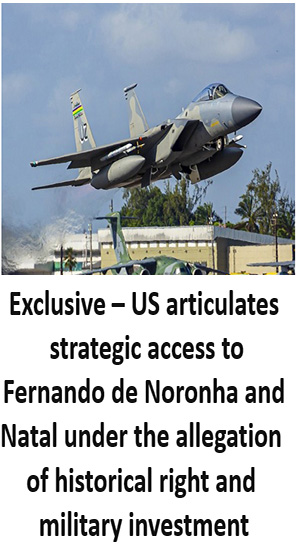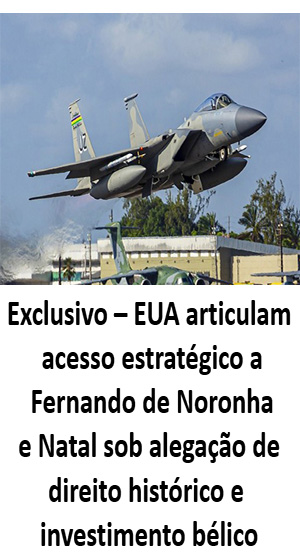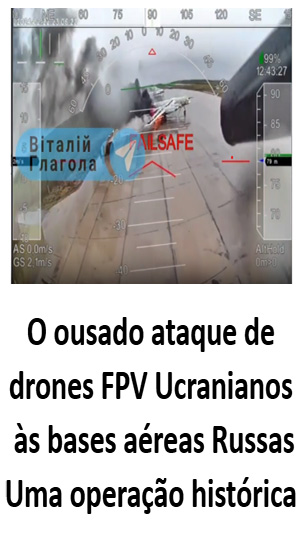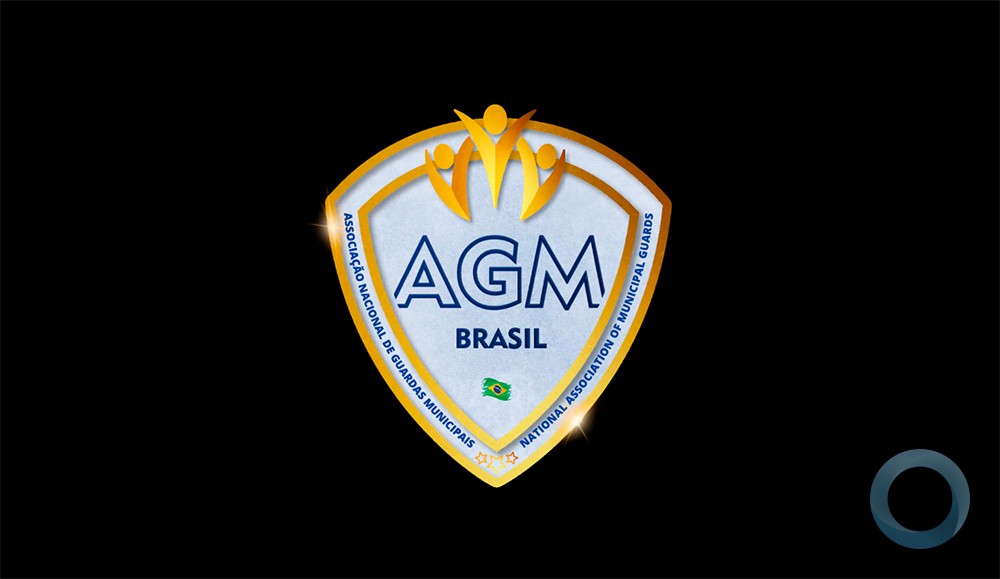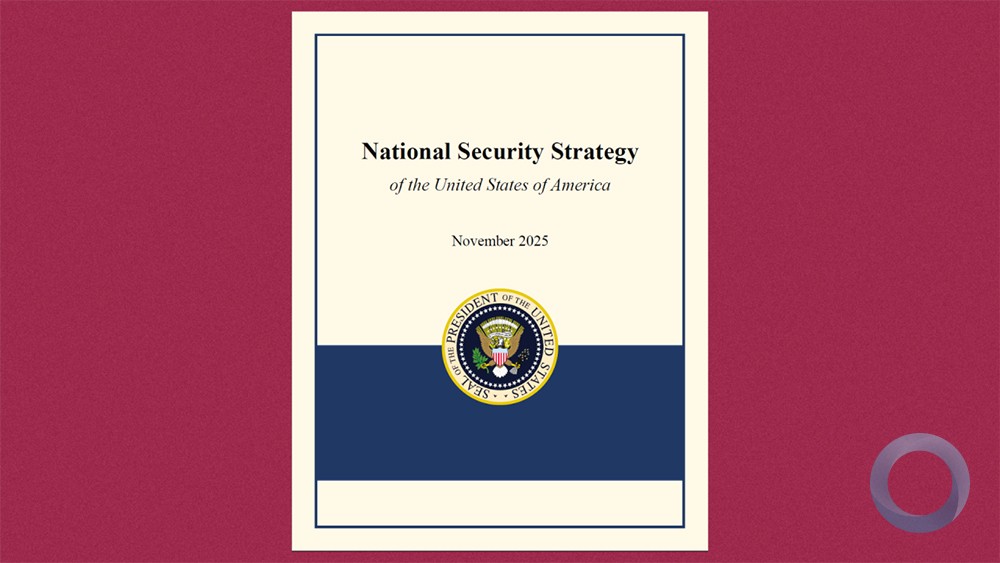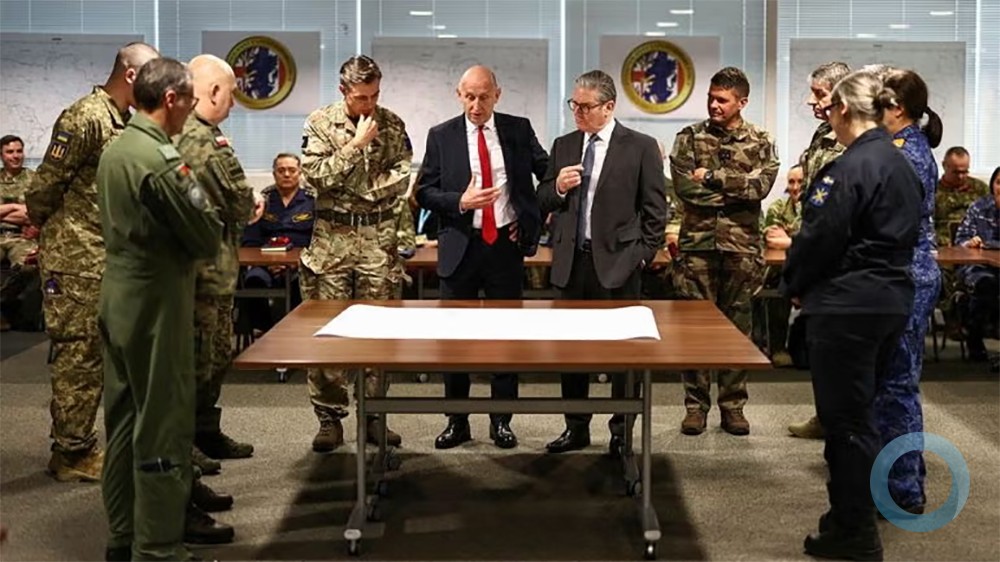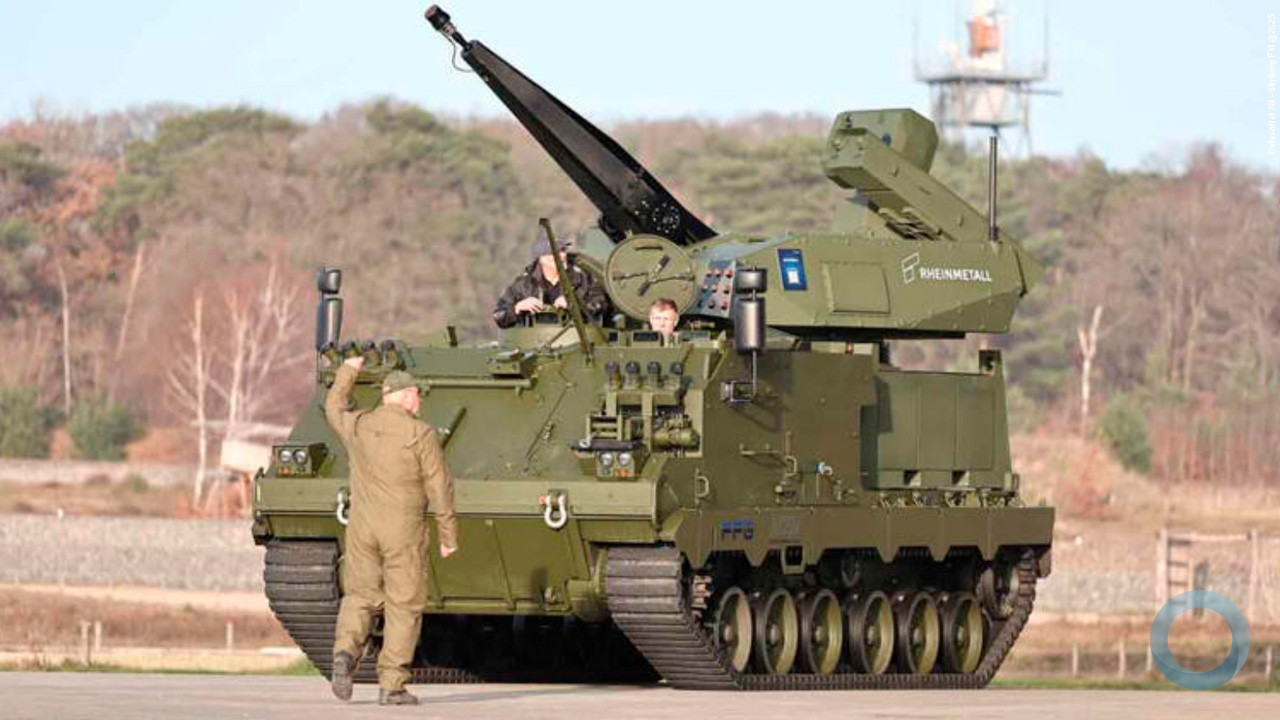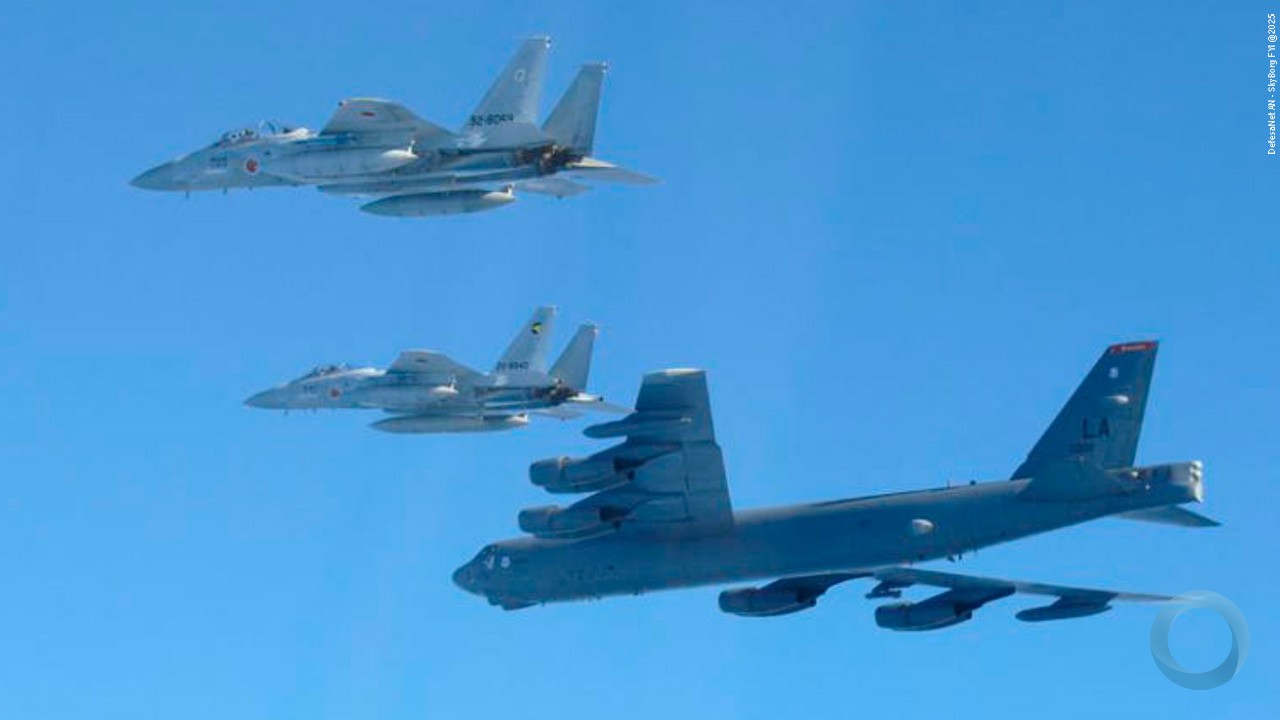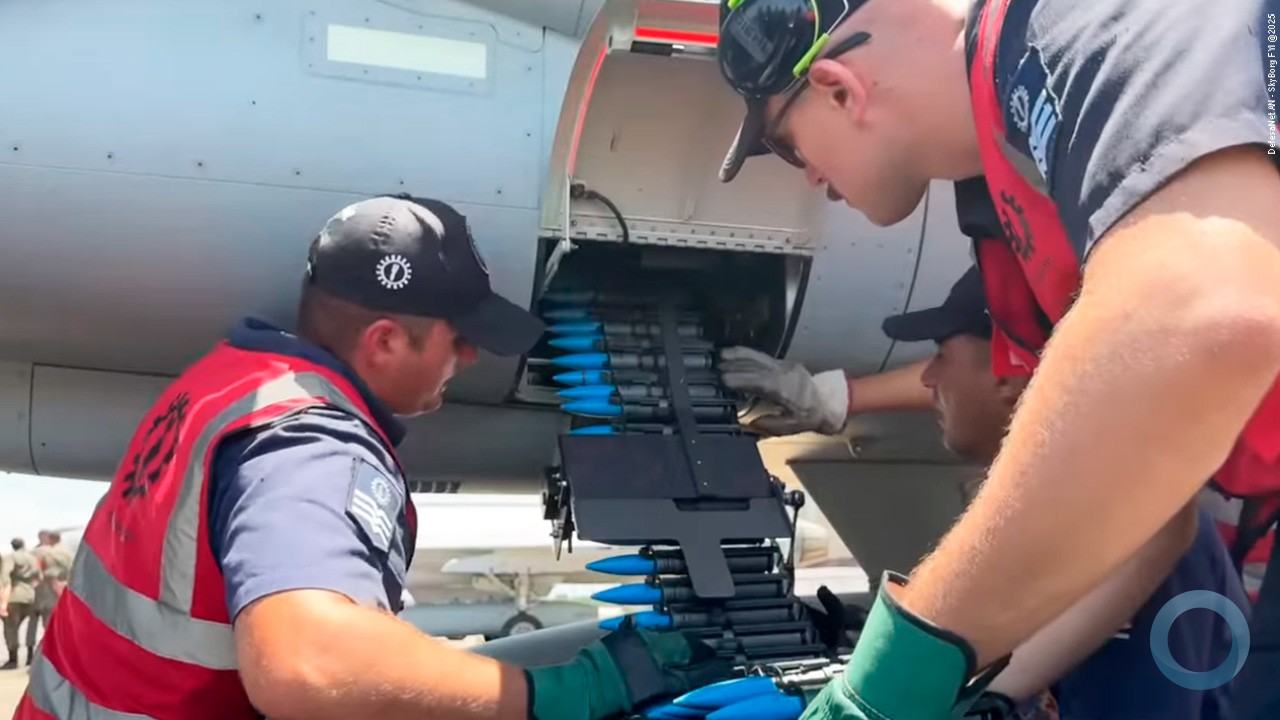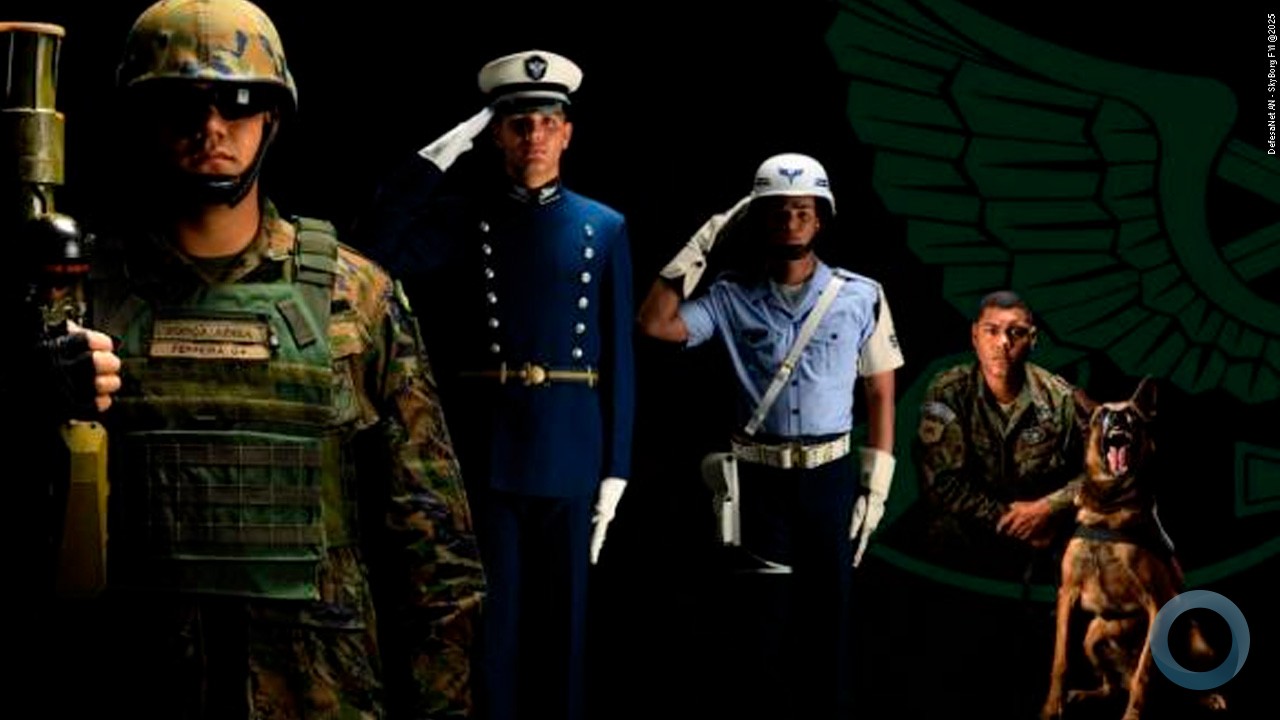General Augusto Álvarez Torres
Retired Peruvian Army
Social networks and intelligence
When we talk about the analysis of social networks in the intelligence, Special Forces, and academic communities, most people associate these analyses with privacy violations in social media, that is to say, poking around Twitter, Facebook, etc., to find something that might bring scandal or ridicule on a given individual, and in some cases be used to blackmail or manipulate them. The analysis of social networks attempts to describe the mapping and measurement of relationships and attributes among people, groups, organizations, institutions or other entities involved in the processing of information/knowledge (Valdis Krebs, 2002).
We might say that the analysis of social networks can be a logical, systematic, and orderly method for visualizing individuals, people, organizations, institutions, etc. — called nodes — and their connectivity potential, which becomes useful for organizations wishing to identify the best way of interacting to share ideas, knowledge, actions, relationships, and attributes (i). This allows us to recognize the relationship between nodes and map them in order to facilitate the identification of the flow of knowledge: who is information and knowledge taken from?, who it is shared with, or who knows whom? This is in contrast to flow charts that only show formal relations: who works where? and who reports to whom?
Analyzing networks
What does analysis of social networks mean? Before attempting to answer this question, it is necessary to differentiate between social networks and social media:
- Social network: A set of entities related to each other. This derives from relationships (communications, affinities, collaboration, friendship, transactions, affiliation, etc.) and attributes (status, nationality, educational level, level within an organization, leadership, membership, requests, etc.). They can be networks of type one: institutions to institution, person to person, etc., and networks of type two: individual to institution, institution to organization, etc. They can also be symmetrical or asymmetrical (ii). The analysis of social networks is also understood as the theories and techniques for understanding social structures.
- Social media: Online communication platforms in which the content is created by its users through the use of Web 2.0 technologies, which facilitate editing, publication, and information exchange (iii). Professors Andreas Kaplan and Michael Haenlein define social media as "a group of internet-based applications that are developed on the ideological and technological basis of Web 2.0, and which allow for the creation and exchange of user-generated content" (Kaplan and Haenlein, 2002).
The analysis of social networks becomes an investigation based on the properties of the networks, through which we can draw conclusions on the relationship between two entities (iv). The field of network-analysis application encompasses sociology, anthropology, psychology, administration, and other social sciences in general. It is also fundamental to geospatial analysis, systems analysis, and operations research.
Thus, it is evident that Network Theory and its corresponding analysis becomes an interesting and necessary tool for any intelligence agency. According to Professor Nancy Roberts of the U.S. Navy Postgraduate School (NPS), “social-network connections are maintained between two or more nodes. Nodes can be people, groups, organizations, states, etc." What we, in strategic intelligence, define as strategic actors.
Analysis of social networks reveals a wide range of designs. For example (v):
Figure 1. Anarchic Networks
Anarchic social networks have extremely varied designs which are completely different from organized social networks. Nevertheless, in modern conflicts, the human domain is the most important factor that any adversary wants to understand, influence, and dominate; it is the most critical and challenging factor in 21st-century conflicts.
According to authors John Arquilla and David Ronfeldt, "A network is composed of many small pieces and these networks can present themselves in three types" (Arquilla & Ronfeldt, 2003).

Figure 1 – imagem 02
Figure 2. Chain networks
Hard to see, easy to take apart; used for contraband, drugs, arms, etc.

Figure 2 – imagem 03
Figure 3. Hub network
More vulnerable in the center, linked to the spokes of the wheel, the 9/11 attacks were organized in a hub network.

Figure 3 – imagem 04
Figure 4. Full-matrix network
The most powerful: robust network. All the nodes are connected.

Figure 4 – imagem 05
While the analysis of social networks is centered on social relations (relationships and attributes) between network actors, the analysis of social media deals with the monitoring and interpretation of messages from any type of actor.
The coding of data with respect to various networks is especially important when working with dark networks (NPS is the term for networks that include terrorism, organized crime, illegal networks, financial networks, money laundering, recruiting, etc.), since the probability that we are coding the network accurately is increased. Therefore, it is necessary to use certain tools to combine the analysis of social networks and to draw conclusions about and analyze the multiple relationships between actors. Certain tools allow for stacking (one on top of the other) social network data from other archives of individual social networks, while other tools allow for the adding together of relationships inside and between archives of network data (vi).
The analysis of social networks through [case] studies is an extremely important tool for studying and researching dark social networks. This social-network analysis was very useful during the Arab Spring, which started in Tunisia, expanded to Egypt and Libya, and was able to mobilize thousands of people behind a cause. Similarly, Mexican cartels disguised themselves in social networks through attributes and relationships in order to organize, distribute, and transport drugs. Social-network analysis allows us to study organizations that engage in illegal activities, or those which represent radical groups and/or terrorist organizations.
Two examples can illustrate this comment: the study and analysis of Movement for Amnesty and Fundamental Rights (MOVADEF), the political arm of the Peruvian terrorist organization Shining Path, and the recruiting activities of the Islamic State (ISIS) in Europe and the United States.
Social-network analysis is also used for peaceful social struggles. In the past few years, the world has witnessed the rise of a network of actors that is dedicated to limiting the actions of various governments, as well as activists demanding an end to environmental pollution or mobilization in social conflicts through organizations of immense interconnected networks with multiple channels within the internet, from where they have coordinated and organized large synchronized demonstrations worldwide (vii).
We must keep in mind that the proliferation of transnational organized crime is the most important threat to security in the Americas (viii). These organizations manifest on networks and "the best way to combat a network is with another network" (Arquilla & Ronfeldt, 2003).
-x-
References
I. http://www.kstoolkit.org/Análisis+de+Redes+Sociales+(ARS)
II. Dan Cunhigan, "Analysis of Social Networks" (ARSo); part I, CORELAB, NPS, Monterey, 2015, www.NPS.eduCurso lecture given in Army Intelligence School, Lima, Peru.
III. https://es.wikipedia.org/wiki/Red_social
IV. Ricardo Devoto C de F, AP; Introduction to Network Analysis, 2015, ENP-USA
V. Nancy Roberts, Introduction to Social-Network Analysis, CORELAB, NPS, Slide 6, June 2014, Monterey, California, USA. www.NPS.edu.
VI. Idem.
VII. Jon Arquilla & David Ronfeldt, Networks and Netwars: The Future of Terror, Crime and Militancy, p. 15, Alianza Editorial Madrid, Spain, 2003
VIII. J. Editors, C Garzón & Olson. The Criminal Diaspora: The Spread of Transnational Organized Crime and How to Contain its Expansion, Juan Carlos Garzón Vergara, p. 1, Woodrow Wilson International Center for Scholars 2013.







